In foundation engineering construction, the drilling speed in different soil types is a key indicator for evaluating the performance of rotary drilling rigs. Understanding the variations in drilling speed in different soil types helps construction teams better plan schedules and select appropriate equipment.
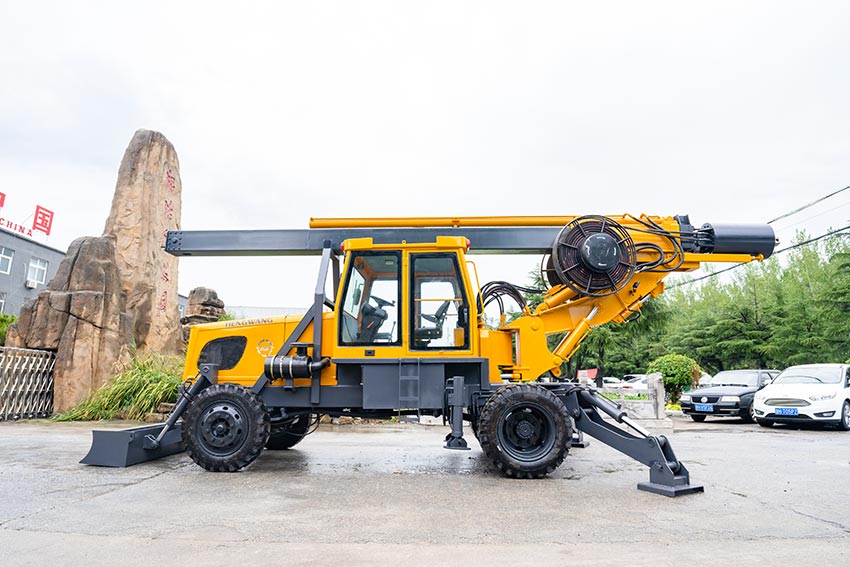
1. Performance in Clay Layers
Rotary drilling rigs achieve optimal drilling speed in different soil types in clay layers:
(1) Average progress of 1.5-2 meters per minute
(2) Lowest drill bit wear rate
(3) Best mud wall protection effect
(4) Drilling speed in different soil types peaks under these conditions
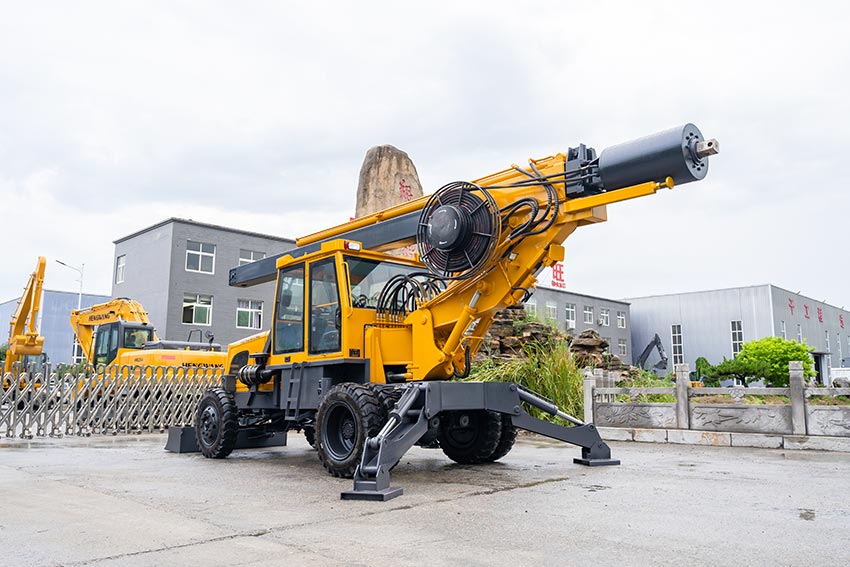
2. Challenges in Gravel Layers
Comparing drilling speed in different soil types reveals:
(1) Speed drops to 0.8-1.2 meters per minute in gravel layers
(2) Frequent drill tooth replacement required
(3) Higher mud density needed
(4) Drilling speed in different soil types significantly decreases in such strata
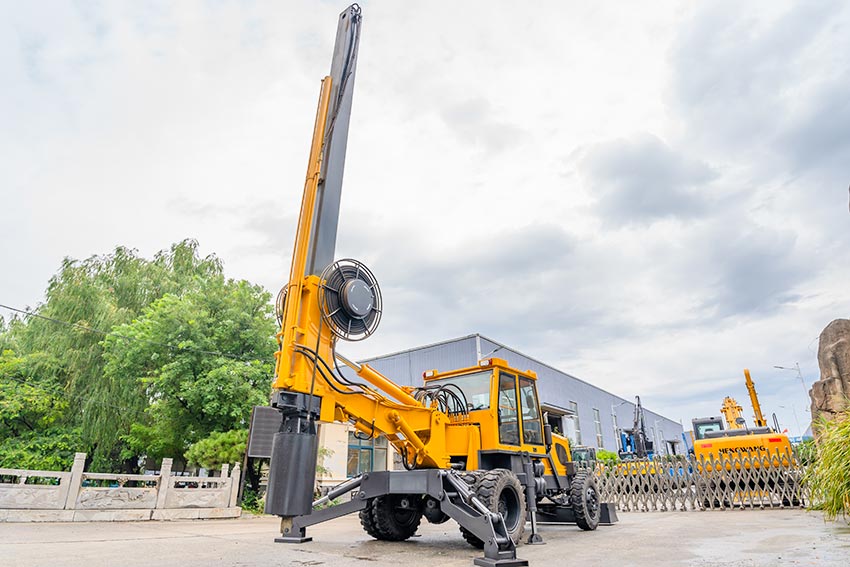
3. Adaptation to Rock Layers
For drilling speed in different soil types in rock formations:
(1) Soft rock maintains 0.5-0.8 meters per minute
(2) Hard rock requires specialized drill bits
(3) Rotation speed adjusted to 15-25 rpm
(4) Drilling speed in different soil types must adapt to geological changes
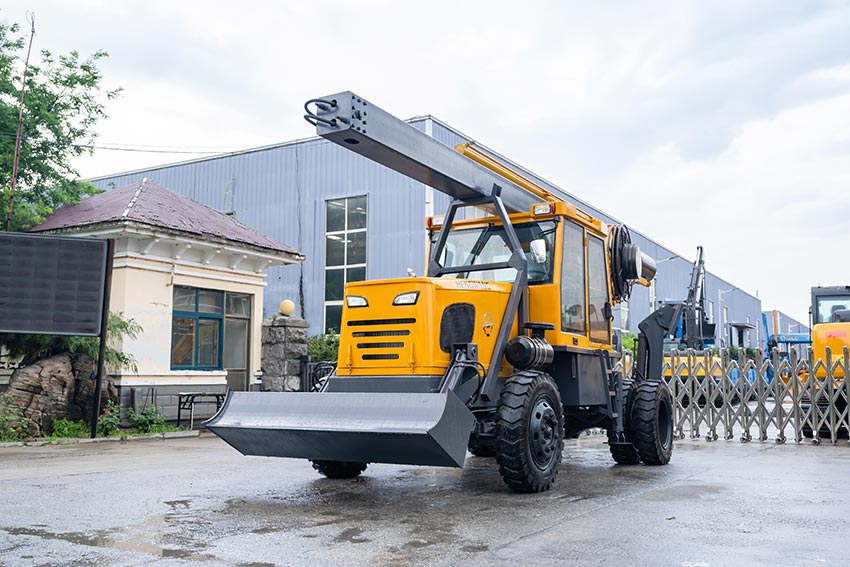
4. Optimization Recommendations
Methods to improve drilling speed in different soil types:
(1) Pre-select tools based on geological reports
(2) Dynamically adjust drilling pressure and rotation speed
(3) Regularly inspect drill tooth wear
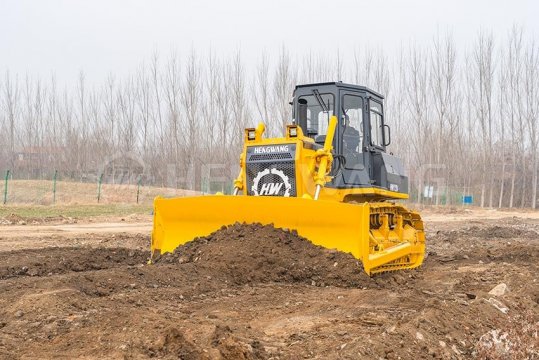 Bulldozer Blade Types: Core Configuration for Adapting to Different Operating Scenarios
Bulldozer Blade Types: Core Configuration for Adapting to Different Operating Scenarios
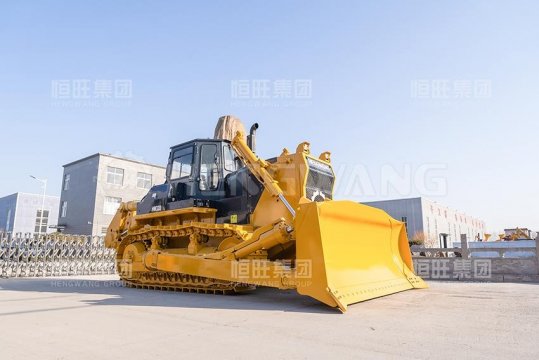 Swamp bulldozer: An Efficient Solution for Operations in Muddy Environments
Swamp bulldozer: An Efficient Solution for Operations in Muddy Environments
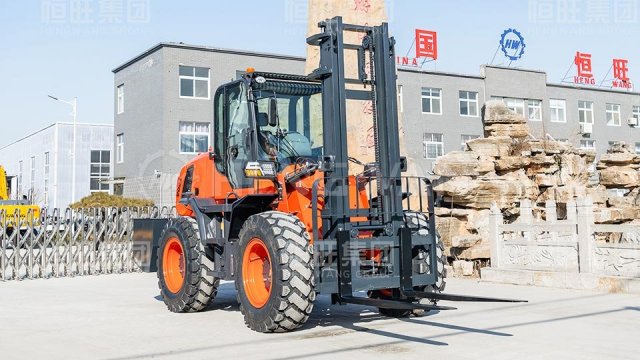 Rough terrain forklift with highest load capacity: A High-performance Solution for Heavy-duty Outdoor Operations
Rough terrain forklift with highest load capacity: A High-performance Solution for Heavy-duty Outdoor Operations